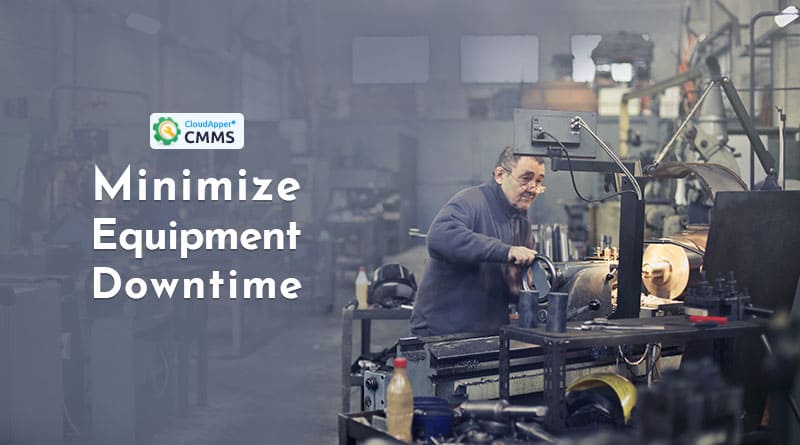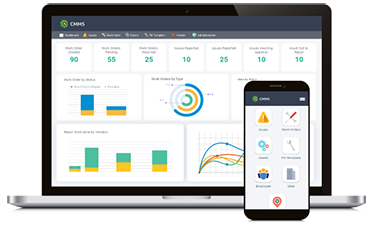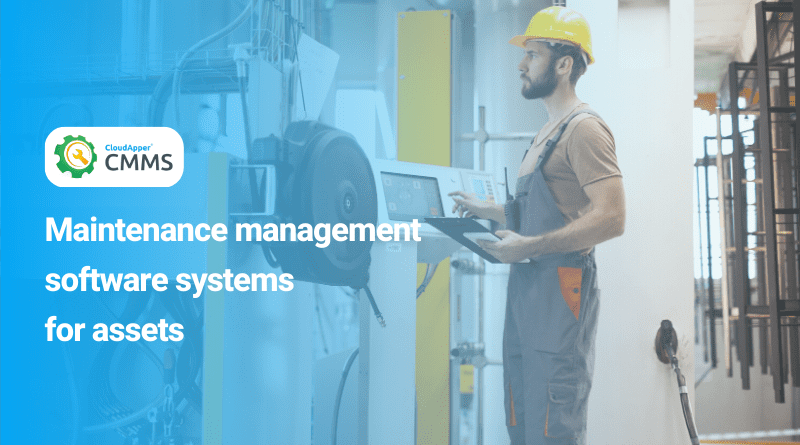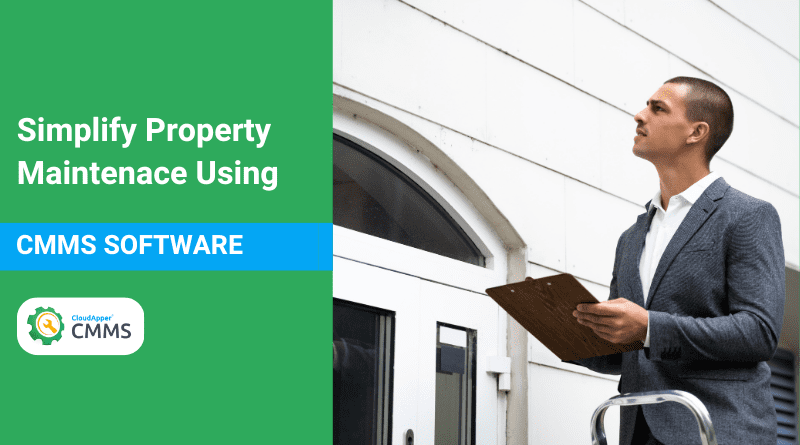Table of Contents
Equipment downtime may be minimized in seven ways
If your company’s operations are dependent on its equipment, you will almost certainly have downtime from time to time. Those of you who have dealt with it knows that it may be more than just a source of frustration. It is very expensive, much more so than you would expect. When equipment fails, there are a number of unforeseen costs that must be paid. These include paying employees who are unable to do their duties, delaying production, losing money, and making expensive repairs. There may also be waste from products that were halfway through the manufacturing process when it was necessary to halt production. If you are unable to fulfill orders on time, you may incur late delivery costs as well as a loss of consumer goodwill.
Precautions may be taken to minimize the likelihood of equipment downtime. Having an equipment management system, such as a computerized maintenance management system (CMMS), may help you minimize equipment downtime in a variety of ways.
-
Improve the flow of information among employees
One of the most essential, yet frequently neglected, aspects of minimizing downtime is ensuring that everyone understands the duties that they are accountable for. A computerized maintenance management system (CMMS) may assist with this in a number of ways.
By adopting a CMMS, you may lessen your reliance on paper and pencil or spreadsheets for maintenance and repair. Frequently, paper notes or paperwork are misplaced. Spreadsheets are a better option than paper and pencil since they are more difficult to misplace than paper and pencil. However, they are often housed on a single individual’s computer. Furthermore, if the owner does not make the information available to others, they will be unable to obtain it.
A CMMS will also eliminate the need for time-consuming email chains. Many companies rely heavily on email as their primary mode of communication. However, the longer email strings grow, the more difficult it becomes to locate the information you need. Also, individuals have a tendency to forget to email their responses to everyone. As a result, individuals are unable to get the information they need.
A CMMS resolves these problems by providing you with a single database in which you can record all of the information about your equipment and its maintenance requirements. Anyone, at any moment, will be able to access it. It is possible to remove the need to hunt for a misplaced form or spreadsheet or to go through an endless email chain.
-
Requests for maintenance should be made as simple as possible
Everyone understands that one of the most important factors in minimizing downtime is ensuring that your equipment receives the preventive maintenance (PM) it requires. Machines need frequent maintenance in the same way that humans do, such as going to the doctor for check-ups. An equipment management system assists you in remembering to do essential maintenance on your equipment. Instead of keeping track of these things with a piece of paper and a pencil or a spreadsheet, you can create a record in the system. As soon as you choose a due date, the CMMS will notify your team that a task has been assigned for them to complete. In addition, the CMMS software will send out reminders.
-
Improve the overall quality of preventative maintenance
Maintenance must be performed in the same manner each time in order for preventative maintenance to be considered effective. Even if you properly educate your workers, it is possible that they may forget some information from time to time. A CMMS allows you to keep PM task checklists in a central location so that they are constantly accessible. Because they are there in front of them, there is no excuse for them to skip a step on the PM checklist.
-
Performance of Documentation Equipment
In many cases, a piece of equipment will give you a warning that something is wrong before it breaks completely. Finding the signs and taking action before it is too late is the key to surviving the crisis. A CMMS will keep track of all of the data generated by your equipment. This includes metrics such as runtime hours, PSI, miles, and a slew of other metrics. The tolerances for each of these items may be adjusted inside the system itself. If any of these data points exceeds the limit that you have specified, a PM work order will be generated and sent to you.
-
Keep track of the equipment’s useful life
When a piece of equipment has been in operation for a period of time that exceeds its anticipated useful life, the likelihood of it failing increases significantly. It is critical to keep track of how old each piece of equipment is, as well as what type of maintenance it has had throughout the course of its life. A computerized maintenance management system (CMMS) allows you to keep track of all of this in one handy place. It will be much easier to identify at a glance which equipment has to be replaced next in this manner.
-
Understand the issues and the reasons for their occurrence
It is critical to be familiar with the history of your equipment. Unless you take the time to figure out what went wrong, you will not be able to repair it or avoid making the same mistake again. A CMMS will keep track of this information in real-time every time there is a period of downtime. You’ll be able to go back and look at the data afterward and figure out what occurred as a result. Once you have determined what went wrong, it is much simpler to make changes to your processes to ensure that it does not happen again in the future.
-
Improve your understanding of your vendors
Would you be able to tell if you had purchased the identical component from the same seller many times if you were asked? If this is not the case, it is possible that undetected quality issues are to fault for your recurrent downtime. An equipment management system will keep track of this information for you in the same way that it does with other kinds of information. When downtime happens, you may review inventory data to see if there are any trends. If you see that you are acquiring the same component over and over again, you may search for a different vendor who may be able to provide a higher-quality solution at a lower cost.
By following these seven easy suggestions, you will be well on your way to minimizing downtime and increasing the efficiency of your company.
CloudApper CMMS aspires to be the industry leader in easy-to-use preventative maintenance solutions. We are well-known and well-respected for creating software that is both user-friendly and cost-effective. We back up our product with some of the finest customer service available in the industry today. Our industry-leading software is available for you to review at your leisure. You can do it. Contact us to see how it works.
What is CloudApper AI Platform?
CloudApper AI is an advanced platform that enables organizations to integrate AI into their existing enterprise systems effortlessly, without the need for technical expertise, costly development, or upgrading the underlying infrastructure. By transforming legacy systems into AI-capable solutions, CloudApper allows companies to harness the power of Generative AI quickly and efficiently. This approach has been successfully implemented with leading systems like UKG, Workday, Oracle, Paradox, Amazon AWS Bedrock and can be applied across various industries, helping businesses enhance productivity, automate processes, and gain deeper insights without the usual complexities. With CloudApper AI, you can start experiencing the transformative benefits of AI today. Learn More

















